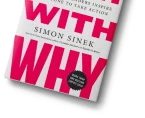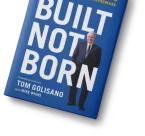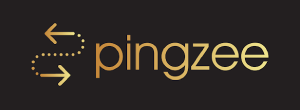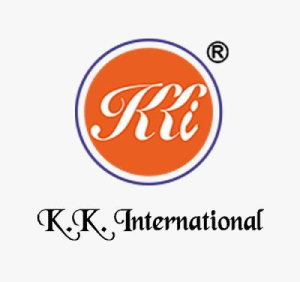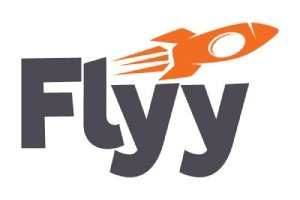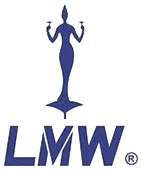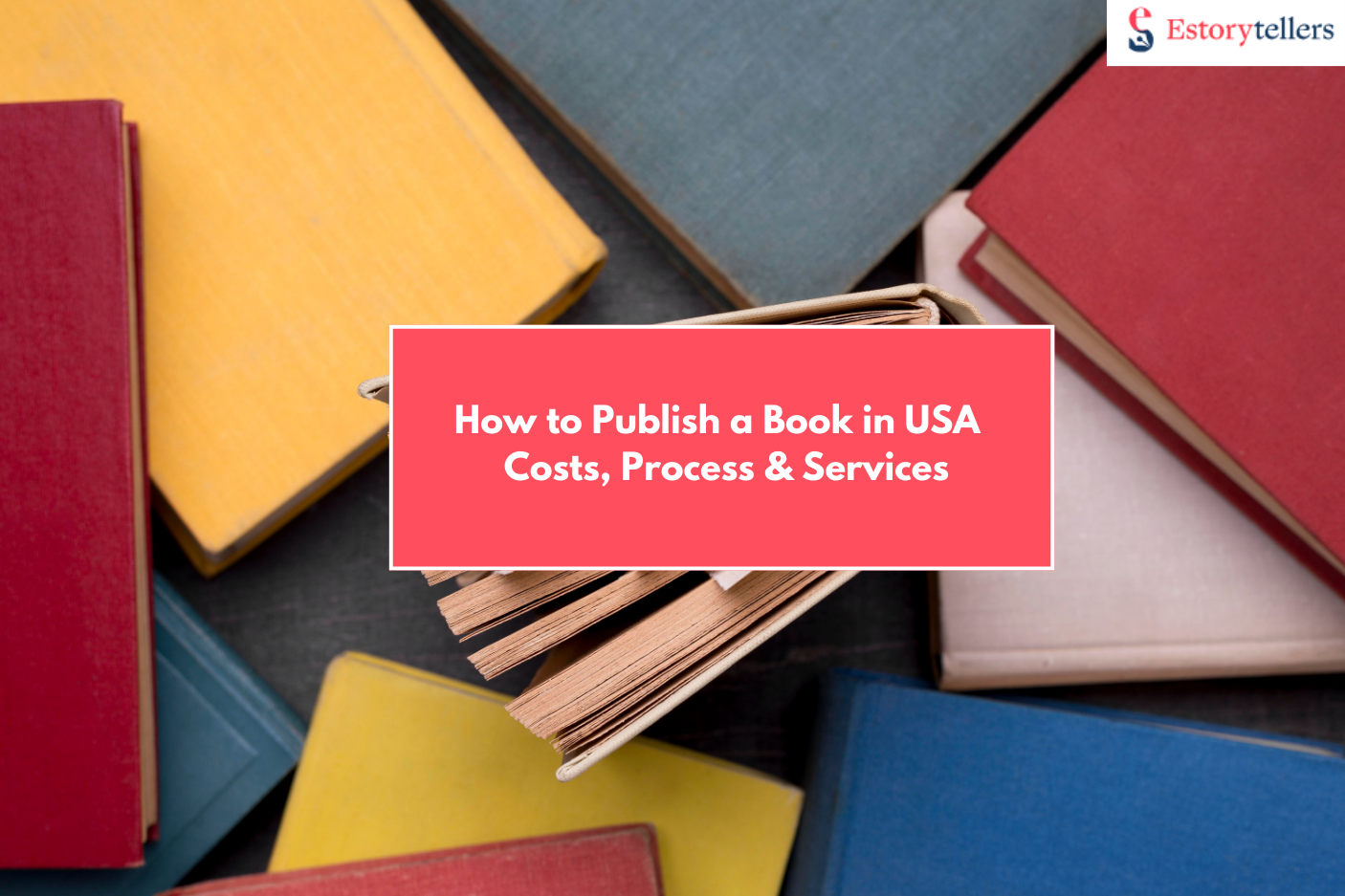
Book publishing in the USA can feel confusing, especially with so many options available from traditional publishing houses to self-publishing platforms like Amazon KDP. The cost of publishing in the USA varies widely, usually between $1,000 and $20,000, depending on editing, cover design, printing, and marketing needs. The publishing path you choose, traditional, self, or hybrid, also impacts your budget, timeline, and control over the process. On average, a self-published book can be ready in 3–6 months, while traditional publishing may take 12–24 months.
At Estorytellers, we’ve supported over 200+ US publishing projects across trade, hybrid, and self-publishing models. Our team includes an ex-Big-5 editor, a former distribution project manager, and a metadata lead who has worked with major US book retailers. What we’ve learned is simple: when authors approach publishing as a structured process instead of guesswork, their books perform better, stay discoverable, and build long-term careers, not just launch-day hype.
This guide breaks down the entire publishing process, associated costs, timelines, and marketing strategies, giving you a complete roadmap to make the right decision for your book in 2025.
Pick the Right Publishing Path (Decision, Not Default)
Choosing how to publish your book is the first major decision, and it shapes everything else. Too many authors fall into a path by accident (“I guess I’ll self-publish on Amazon because it looks easy”) rather than by deliberate choice. That’s risky.
The Four Paths (One-Line Promises)
- Traditional Publishing: Prestige, distribution muscle, but slow and selective.
- Hybrid Publishing: Partnership model with some author investment, faster timelines, wider support.
- Assisted Self-Publishing: You fund, but keep control; professional editing/design/marketing is available on demand.
- Vanity Publishing: High cost, little real value; should be avoided.
Ready to Publish Your Book?
We handle the publishing process from ISBN to printing—giving your book a professional launch.
Decision Grid: Cost, Speed, Control, Distribution
| Path | Cost | Speed | Control | Distribution Reality |
| Traditional | Publisher pays, author earns royalties | 12–24 months | Limited | Strong bookstore/library access |
| Hybrid | Shared cost, higher royalties | 6–12 months | Medium | Moderate reach, some reps |
| Assisted Self | Author pays, keeps profits | 3–6 months | High | Online-first; libraries/bookstores require effort |
| Vanity | Author pays heavily, little ROI | 3–6 months | Low (fake “control”) | Minimal, often empty promises |
Case Study:
A Texas-based entrepreneur wanted his business book published before an industry conference six months away. Traditional publishing was too slow, so he chose assisted self-publishing with Estorytellers. His book was published in 5 months, with full rights retained. Six months later, strong indie sales attracted a foreign rights agent who licensed the book in two new markets.
Expert Quote:
“Choose the path that funds your goals, not your hopes.” — Acquisitions Editor, Estorytellers
Path Decision Matrix
Create a simple 4×4 table (like above) that authors can use to map what matters most: cost, speed, control, or distribution.
Manuscript Readiness: What to Fix Before Money Moves
Your manuscript is the foundation. If it isn’t ready, every dollar you spend on publishing or marketing will be wasted.
Edit Triage
There are three main levels of editing:
- Developmental Edit (Dev Edit): Big-picture structure, pacing, clarity.
- Copyedit: Grammar, consistency, flow.
- Proofreading: Final polish before print.
Don’t confuse these. Many authors rush to proofread, but if the manuscript still has structural flaws, that polish is wasted.
Positioning & Comps
Positioning your book correctly is key for book publishing in the USA. A clear promise line and well-chosen comps show editors and readers exactly where your title fits.
Every book needs a promise line (“This book helps X readers achieve Y result or feel Z emotion”). Alongside that, you should pick 3 comparison titles (comps) that show where your book sits in the market. Comps should be recent, relevant, and selling.
Free Guide: Complete Guide to Professional Book Publishing Services in the USA
Beta/ARC Discipline
Beta readers and ARCs are critical tools for book publishing in the USA, but the value lies in identifying patterns, not responding to every single opinion. Focused feedback ensures your manuscript is polished, market-ready, and aligned with U.S. publishing standards.
Testimonial:
“The triage quiz saved me from doing a proofread on a draft that needed dev edits. Estorytellers caught it early and saved me $2,000.” — US Nonfiction Author
Expert Quote :
“A strong promise + comps beats a perfect chapter 1 in isolation.” — Editorial Director, Write Right
Artifact: Manuscript Readiness Checklist
- Editing level chosen
- Comps identified
- Style guide decision (Chicago/APA)
- Sensitivity review if needed
- ARC plan ready
From Manuscript to Market
We help authors publish their books with ease, even beyond traditional agent-led routes.
Identifiers & Metadata That Make You Findable
Metadata is how readers, retailers, and libraries find your book. Get it wrong, and your book disappears online.
Accurate identifiers and metadata are essential for book publishing in the USA. ISBNs, BISAC categories, and keywords ensure your book is discoverable by retailers, libraries, and readers.
Skipping this step can hide your title from searches and reduce sales. Proper metadata management is a key part of professional book publishing in the USA, making sure your book reaches the right audience efficiently.
ISBN & Imprint (US)
- Buy ISBNs from Bowker (the US agency).
- Avoid “free ISBNs” from platforms like Amazon KDP if you want to be the publisher of record.
- Use multiple ISBNs for each format (hardcover, paperback, ebook).
LCCN & PCIP/CIP
- LCCN (Library of Congress Control Number): Needed if you want US libraries to stock your book.
- PCIP/CIP (Cataloging in Publication): A data block printed inside your book that librarians use. Usually prepared by professionals.
BISAC & Keywords
- Choose 3 precise BISAC codes (not generic ones). Example: “Self-Help / Time Management” is stronger than just “Self-Help.”
- Use natural keywords in your subtitle and book description. Don’t stuff.
Mini Case Study:
A debut thriller misclassified itself under “General Fiction” and sank. After Estorytellers re-tagged it under “FICTION / Thrillers / Crime,” sales doubled in 3 months because the right readers finally found it.
Read The Complete Author Journey
Expert Quote:
“Metadata is sales enablement, not admin.” — Metadata Lead, Estorytellers
Artifact: Metadata Starter Pack
- ISBN set (one per format)
- Imprint line (professional branding)
- 3 BISAC codes
- 10 researched keywords
- Book description (120 words for short listings, 240 words for extended retailer pages)
Get Published with Confidence
From ISBN to global distribution, Estorytellers makes publishing simple and successful.
Pricing Strategy (USD) That Won’t Backfire While Book Publishing in the USA
Pricing isn’t just about covering costs, but it’s about positioning your book correctly.
Anchors by Format & Genre
| Format | Fiction | Nonfiction | Business/Academic |
| Hardcover | $22.99–$29.99 | $24.99–$34.99 | $29.99–$45.00 |
| Paperback | $12.99–$16.99 | $14.99–$19.99 | $18.99–$29.99 |
| eBook | $4.99–$9.99 | $5.99–$12.99 | $9.99–$19.99 |
Discount Policy
Discounting early may hurt. Amazon price-matches aggressively, and readers devalue books priced too low. Use discounts tactically, such as Book 1 in a series while holding value on later volumes.
Series vs Standalone
For series, consider pricing Book 1 lower (or offering temporary promos) to attract readers, then price later books higher for profitability. For standalone titles, hold firm on pricing to maintain perceived value.
Ready to See Your Book in Stores?
Estorytellers helps you publish your manuscript across Amazon, Flipkart, IngramSpark, and more.
Baseline Publishing Equals Marketing Handoff
A clear handoff between publishing and marketing is crucial in book publishing in the USA. Finalized assets, metadata, and distribution info must be delivered before campaigns start. Without this, launch efforts falter, preorders drop, and visibility suffers. Establishing a structured handoff ensures your marketing team can act confidently, making your book publishing in the USA process smooth and results-driven.
Publisher-Side Deliverables
- Final description (short + long)
- BISAC codes and keywords
- Retailer setup (Amazon, IngramSpark, etc.)
- Pre-order dates scheduled
- A+ content basics (images, enhanced product page text)
Author-Side Marketing For Book Publishing in the USA
- Email list building
- Social media outreach with a clear angle (not just “buy my book”)
- Review outreach calendar
- Speaking events / PR angles
Avoid the Gap
The most effective method? A weekly 20-minute sync between publishing and marketing. Create one single source of truth (Google Doc or project management tool) with all links, deadlines, and updates.
Mini Case Study:
One Estorytellers author had 50+ reviews in place by launch day because marketing and publishing were synced. Another author without a handoff plan had their book page missing keywords at launch and lost critical visibility.
Handoff Checklist
- Who owns which task
- Due dates for all assets
- Live links in one place
- Change log to track updates
Free Guide: How to Plan Your Book Publishing Timeline in the USA 2025: ARCs, Preorders & Accessibility
Your Book, Professionally Published
Estorytellers manages editing, design, and distribution to ensure your book reaches readers smoothly and professionally.
Forecasts & Goals You Can Live With
Authors often swing between unrealistic hopes (“I’ll sell 50,000 copies in a month!”) and self-doubt (“Maybe I’ll only sell 10 copies”). Forecasting grounds you.
Inputs
- Book format and price
- Genre baseline sales (e.g., debut thrillers vs business nonfiction)
- Author platform size (newsletter, social reach, speaking)
- Pre-order lead time
Outputs
- Initial print run vs POD strategy
- Reprint triggers (e.g., when 70% of stock is sold, reprint)
- Sell-in (books placed in stores) vs sell-through (books actually sold)
Vanity-Metric Filter
Amazon rank spikes look exciting but don’t always mean sustainable sales. Instead, track:
- Sales velocity (consistent daily/weekly numbers)
- Reader engagement (reviews, read-through rate in series)
Expert Quote:
“Pick a reprint trigger before you need it.” — Analytics Lead, Estorytellers
Artifact: One-Page Forecast Sheet
- Assumptions (genre baseline, platform)
- Week-by-week sales targets
- Reprint rules clearly stated
Post-Launch Maintenance (Backlist Is a Strategy)
Your book isn’t “done” after launch. The real money is in your backlist—books that keep selling years later.
Refresh Cadence
Every quarter:
- Test new book descriptions
- Review keywords/categories
- Update A+ content with fresh visuals
Backlist Levers
- New editions (with bonus content or updated forewords)
- Box sets (digital or print bundles)
- Anniversary promotions
Monitoring
- Watch review velocity (steady growth matters more than one viral spike)
- Track retailer algorithm changes (Amazon often tweaks discoverability rules)
- Check library demand and OverDrive listings
Expert Quote:
“New books launch careers; backlist pays for them.” — Backlist Manager, Estorytellers
Artifact: 12-Month Maintenance Calendar
- Monthly keyword/category check
- Quarterly refresh of assets
- Annual box set or anniversary campaign
Turn Your Manuscript Into a Bestseller
From concept to global distribution, Estorytellers helps you publish a polished book that stands out in the market.
Conclusion
Choosing the right path is key in book publishing in the USA. Self-publishing gives you control and speed, while traditional or hybrid houses provide credibility, wider distribution, and professional support. Budget for editing, design, and marketing upfront, and plan a timeline that aligns with your goals. Understanding these trade-offs ensures your book launch is efficient, professional, and positioned for long-term success in book publishing in the USA.
Ultimately, the cost can range from a few thousand dollars to tens of thousands, depending on your choices. The key is balancing quality with strategy—because a well-published book is both a product and a brand-building tool.
At Estorytellers, we help authors navigate this process end-to-end, ensuring that their books don’t just get published but also reach the right audience.
FAQs
1. Which US publishing path should I choose and why?
The right publishing path depends on your goals, budget, and timeline. Traditional publishing provides credibility, professional editing, and bookstore access, but it’s slow and competitive. Self-publishing offers speed, control, and higher royalties, but requires upfront investment in editing, cover design, and marketing. Hybrid publishing blends both but often involves shared costs. Vanity presses should be avoided since they charge heavily without offering meaningful distribution or long-term value.
Q2. How do I know if my manuscript is ready for professional publishing?
Your manuscript is ready when it has gone through proper editing stages and external feedback. Start with developmental editing if the structure or flow needs work, then proceed to copyediting and proofreading for polish. Share your draft with beta readers for honest reactions. Finally, compare it against recent successful titles in your genre to ensure your book meets market standards before investing in professional publishing.
Q3. Do I need my own ISBN and PCIP/CIP in the US?
Yes, if you want full publishing control and library access. Purchasing ISBNs from Bowker ensures you are the official publisher of record, which adds legitimacy. Free ISBNs from Amazon restrict this, as Amazon then becomes the publisher on record. For libraries, a PCIP/CIP (Cataloging-in-Publication) is often required, which professionals can prepare. Owning these identifiers strengthens your book’s discoverability and long-term credibility in the US market.
Q4. What’s a smart US pricing strategy for HC/PB/eBook?
Smart pricing means aligning with genre and format norms while maintaining perceived value. Paperbacks usually sell between $14.99–$16.99, ebooks between $4.99–$9.99, and hardcovers higher. Avoid underpricing just to attract readers, as it may devalue your work. Use discounts strategically, such as offering Book 1 of a series at a lower price to hook readers, while keeping later titles at full price for profitability.
Q5. What should a publisher deliver vs what I must market myself?
A publisher typically delivers essentials like metadata setup, ISBN registration, BISAC categories, descriptions, and distribution to retailers. However, marketing is largely the author’s responsibility. You’ll need to grow your mailing list, engage on social media, plan book launches, and pitch to media. Having a clear handoff between what the publisher provides and what you must handle ensures no gaps in promotion or visibility.
Q6. How do I forecast realistic sales and set reprint triggers?
Forecast sales by analyzing your genre, platform size, price point, and pre-order numbers. For example, nonfiction business titles with an established platform often sell more initially than debut fiction. Set a reprint trigger in advance—such as reprinting when 70% of your stock is sold—so you don’t lose sales from out-of-stock delays. This structured approach helps manage cash flow and ensures books remain consistently available.
Q7. What should I maintain post-launch to grow backlist sales?
Post-launch, your backlist needs ongoing attention. Refresh your book’s description, keywords, and categories quarterly to stay visible in search. Track reviews and ratings to build credibility. Monitor retailer updates and library demand. You can also run anniversary promotions, launch box sets, or release updated editions. Treating your backlist as an asset ensures your earlier titles continue generating revenue long after the initial launch excitement fades.







